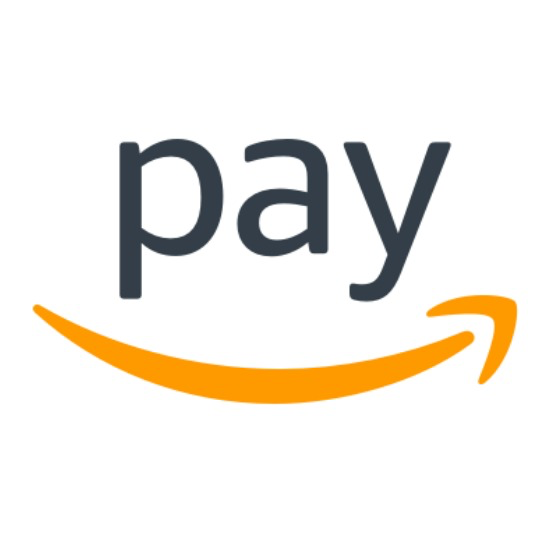How I'm Fulfilling My Childhood Dreams With A Portable Treehouse Business
Hello! Who are you and what business did you start?
My name is Alex Shirley-Smith and I am the founder and inventor of Tentsile Tree Tents, the world’s first range of portable treehouses. This new category of product blurs the boundaries between play and adventure and combines the versatility of a hammock, with the comfort, security and multi-person occupancy of a tent.
We started out in 2013 with our flagship model Tree Tent, the Tentsile Stingray. A 3 Person, 4 Season, suspended tent that can be put up anywhere, by anyone. The tensioned structure can hold up to 880lbs / 400kg, but weighs just 21lbs / 9.5kg in the bag.
Our products offer a new way to experience the outdoors, in pure comfort and zero environmental footprint. There is no better way to hang out with your friends.
We were lucky enough to be able to start and grow this company with no capital investment. We made 2 Tentsile Stingrays in the beginning, we sold 2 and with that money, we made 5, then we sold 5 and made 10 and so on. In the first year we sold 50, the next year we sold 500, in the next year we sold 5000 units and they year after that we sold 17,000 Tree Tents!!

Download the report and join our email newsletter packed with business ideas and money-making opportunities, backed by real-life case studies.

Download the report and join our email newsletter packed with business ideas and money-making opportunities, backed by real-life case studies.

Download the report and join our email newsletter packed with business ideas and money-making opportunities, backed by real-life case studies.

Download the report and join our email newsletter packed with business ideas and money-making opportunities, backed by real-life case studies.

Download the report and join our email newsletter packed with business ideas and money-making opportunities, backed by real-life case studies.

Download the report and join our email newsletter packed with business ideas and money-making opportunities, backed by real-life case studies.

Download the report and join our email newsletter packed with business ideas and money-making opportunities, backed by real-life case studies.

Download the report and join our email newsletter packed with business ideas and money-making opportunities, backed by real-life case studies.















